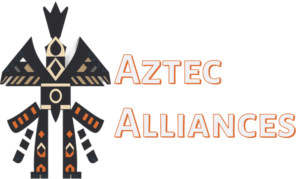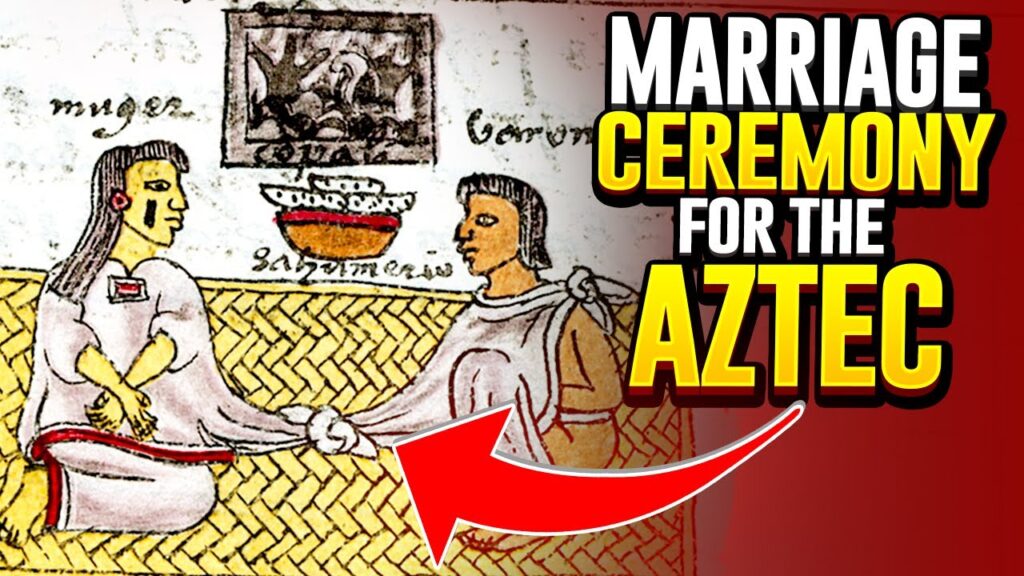Aztec literature is no ordinary thing: it’s a treasure trove of pictograms, glyphs, and codices that tell the story of an incredible civilization. Even though they didn’t have an alphabet like ours, the Aztecs found clever ways to record their lives, beliefs, and maybe even their best recipes (okay, maybe not literally, but you never know).
The Language of the Aztecs: Nahuatl, the Language That Tastes Like Chocolate
Nahuatl serves as the Aztecs’ native language which maintains its power as many people continue to use it in present time. History has shown that this verbal language became the dominant language of the empire during the 7th century AD. Nahuatl introduced Spanish to many important words but governance was its original function. Yep, they pretty much gave us the keys to happiness in three words.
The Aztec Writing System: Pictures with a Lot of Meaning
Forget the alphabet—the Aztecs wrote using pictures. Each image or glyph represented a word or an idea. For example, if they wanted to say “water,” they simply drew a river. It was such an ingenious writing system that even today, archaeologists have to play detective to decode some of their messages.
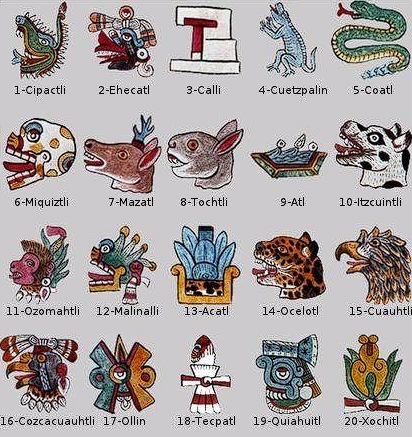
Aztec literature: Codices as windows to a civilization
Aztec codices were their version of portable libraries, but not in the way we think of books today.The documents were constructed from deer hide or tree bark materials using accordion-like folding methods. These ancient cultural books carried information about historical accounts combined with astronomical knowledge as well as religious beliefs and teachings about civic ethics to citizens in the Aztec Empire.
Some of the most famous codices include:
The Florentine Codex:
consisted of twelve volumes together with more than 2000 images which Bernardino de Sahagún assisted in producing. The work functions as the “Aztec Encyclopedia” because it provides comprehensive information about their traditions as well as their customs.
Mendoza Codex:
Made to impress the King of Spain, this codex tells the story of Aztec emperors, how they raised their children, and even their laws.
Borbón Codex:
Essentially a religious calendar explaining festivals and rituals. Perfect for knowing when to make offerings and when to take a break from all the celebrations.
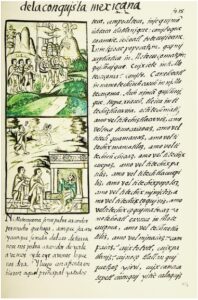
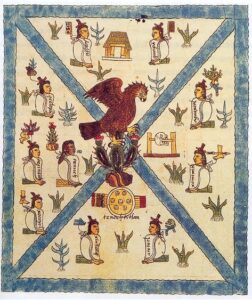
There were also the Madrid Codex, which discussed rituals and future predictions; the Dresden Codex, focused on agriculture and medicine; and the Paris Codex, which covered calendars and zodiac signs (though it’s in such bad shape that historians struggle to decipher it—a shame for modern-day Aztec astrologers).
Aztecs and Their Love for Riddles
Not everything was about codices and pictograms; the Aztecs loved great speeches and riddles. In school, kids had to solve tricky questions to prove they were paying attention (imagine failing and having to repeat the lesson—yikes!).
Aztec riddles were usually simple yet deceptive. It was their way of playing with words and ensuring their knowledge was passed down through generations without becoming boring.
Aztec Literature: Culinary Heritage and Cultural Narratives Preserved in Codices
The existing Aztec codices permit valuable examination into Aztec civilization despite numerous Spanish conquest period losses of these ancient documents. Through their recorded information we gain knowledge about their historical background as well as their language together with their perception of the world. Food lovers should recognize that the flavorful standards left behind by Aztecs created a wonderful heritage beyond culinary achievements.
